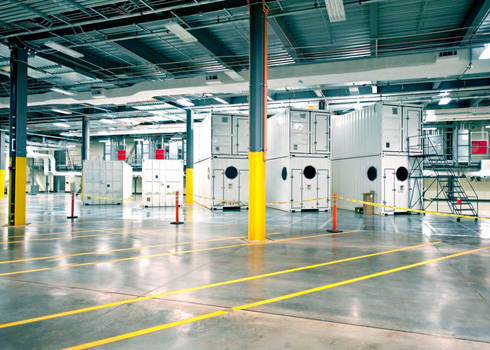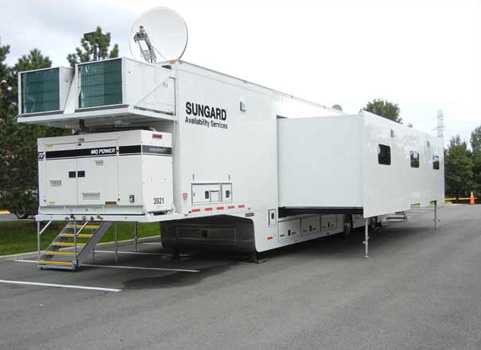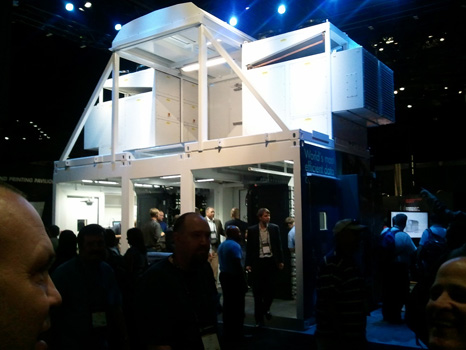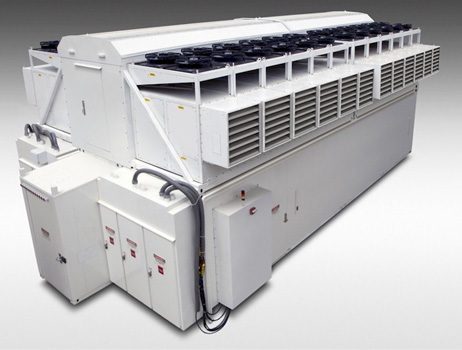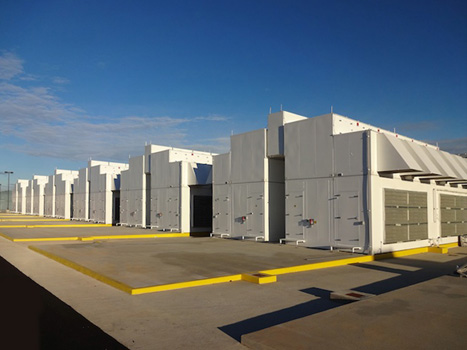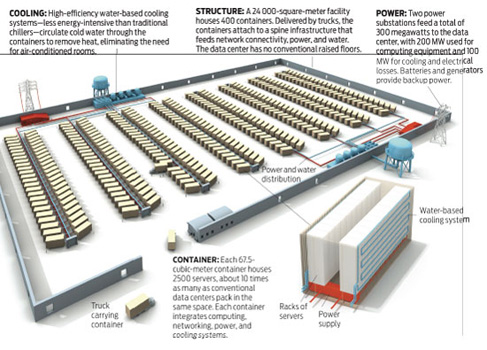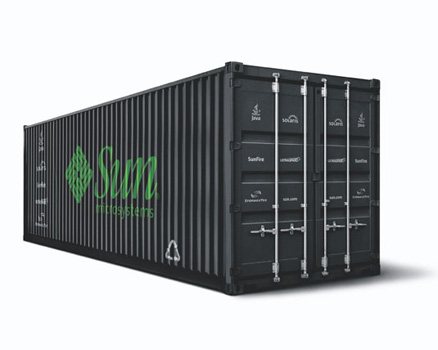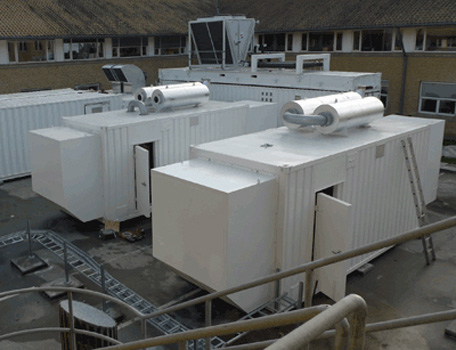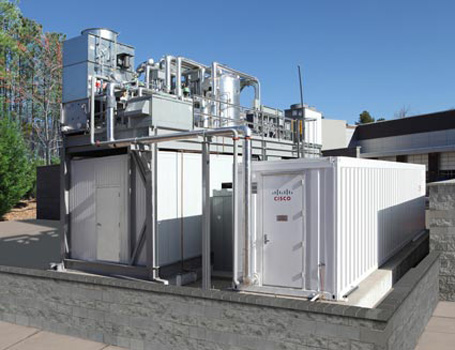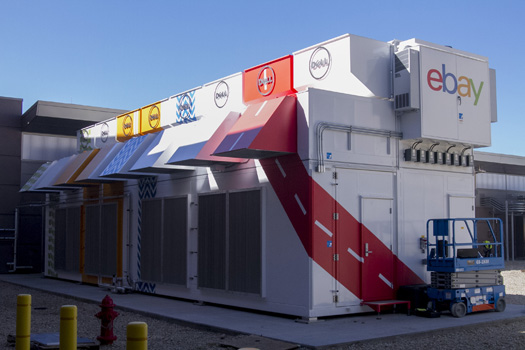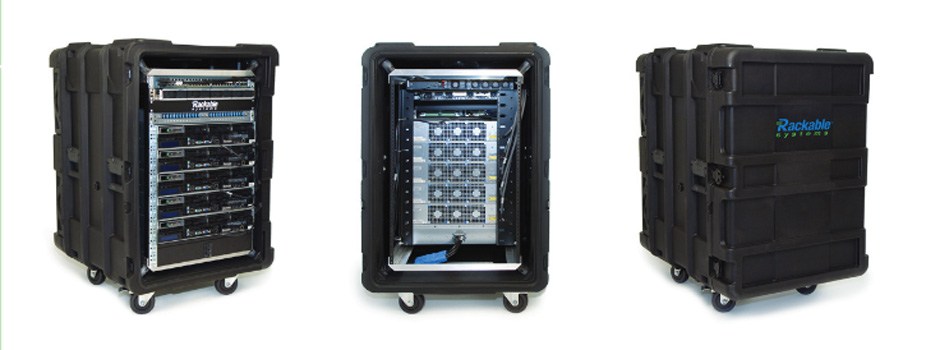As we were speculating in our I&IC – Preliminary intentions about a very versatile/mobile and distributed versions of the cloud infrastructure (datacenters), almost a physical bittorrent so to say, we are interested into the existing versions of mobile data centers.
The Uptime Institute. Tier certifications
Founded in 1993 by Kenneth G. Brill, the Uptime Institute was acquired by The 451 Group[6] (named after the book Fahrenheit 451 by Ray Bradbury) in 2009. Since then, the Uptime Institute has been an independent division of The 451 Group[7] which is headquartered in New York with offices in locations including San Francisco, Washington DC, London, Boston, Seattle, Denver, São Paulo, Dubai, and Singapore. The 451 Group also owns 451 Research, a technology-industry syndicated research and data firm.
Wikipedia (2014)
… “named after the book Fahrenheit 451″ … no need to invent it!
Mobility & data centers – SGI Ice Cubes
SGI had a full line of mobile or modular data centers. Yet we don’t find traces of these products on the actual website of the brand anymore. Does this mean that small scale, mobile or modular datacenters don’t work with big corporate clients and that tere is no real needs for that?
Some pictures here in the gallery about their different propositions. From small mobile cabinet to trucks. There are therefore and undoubtedly close links between the ideas of mobility, fragmentation or reconfiguration about data centers and the one of transportation (transportation of goods by the means of pallet, containers, boats, trains, cargos, etc.)
Mobility & data centers – Amazon’s containers
—–
A Look Inside Amazon’s Data Centers
By Rich Miller

Amazon Perdix countainer.
Amazon Web Services doesn’t say much about the data centers powering its cloud computing platform. But this week the company held a technology open house in Seattle, where AWS Distinguished Engineer James Hamilton discussed the company’s infrastructure. The presentation (PDF) included an image of a modular data center design used by Amazon, which is the first official acknowledgement that the company uses modular infrastructure.
Hamilton also shared a factoid that provides a sense of the rapid growth of Amazon’s cloud platform. “Every day Amazon Web Services adds enough new capacity to support all of Amazon.com’s global infrastructure through the company’s first 5 years, when it was a $2.76 billion annual revenue enterprise,” Hamilton states in one of the slides.
Meanwhile… The “classical” extra large data center, in 2014
The “classical” approach to the conception of large contemporary data centers could be exemplified by Google: it usually consist of a “shoe box” (large facility with no particular architectural expression, windowless facades), surmounted by big cooling devices. That’s mainly it for the architectural side.
